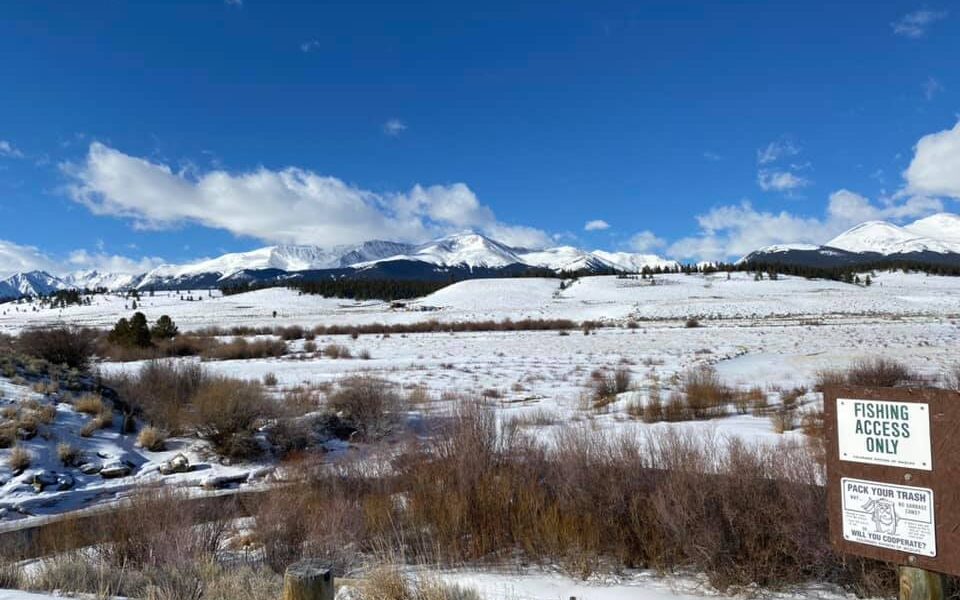Exercise & Cold Weather
It is that time of the year… the weather is turning colder. However, you feel about exercising in the cold (I’ll take a cold weather run over a hot one any day) it is important to understand what is happening to our bodies on a cold day while being physically active.
Our bodies want to keep our core temperature between 36.5-37.5 ̊C (~97-99 ̊ F). Our hypothalamus acts as the thermostat and detects changes in core temperature. When a change is detected there are set physiological responses that will increase or decrease core temperature. This blog will talk about what happens when we exercise in a cold environment.
How do we lose heat in cold environments?
We can gain or lose heat to the environment via radiation, convection, conduction and evaporation. Since we are talking about cold weather, I’ll summarize how we lose heat.
Radiation refers to the heat given off to the environment when there is a temperature gradient. For example, on a day where is 35 degrees outside our body has a large gradient of exchange for the environment and we will give off heat.
Convection refers to air movement, so on a windy heat loss increases.
Conduction refers to the heat we give off to an object, holding the handlebars of your bike. Cold water is especially dangerous. We lose body heat in water 26x faster than in cold air.
Finally, we lose heat when we sweat and that sweat evaporates.
How does our body prevent cold injury and maintain core temp?
In a cold environment, as we lose heat, our core temperature will decrease. To ensure it does not reach a dangerous level the hypothalamus will signal for changes in blood flow, non-shivering thermogenesis, and shivering to occur which all will increase core temperature. To increase core temperature with changes to blood flow, we will constrict blood vessels that are at the “shell”. Think of the shell as your skin… We will send that warm blood back towards the center of the body to warm our “core” and preserve the vital organs. This is the main cause of frostbite, warm blood has been sent back to the core, our bodies would rather sacrifice a finger or two to preserve functioning of our major organs.
Non-shivering thermogenesis refers to an increase in metabolic rate to increase core temperature. Whenever we break down fuel in the body, it gives off heat. Shivering also gives off heat due to the metabolic reactions occurring with muscle contractions.
So how does this affect exercise performance?
When exercising in a cold environment these same physiological responses will happen depending on the environmental conditions and the intensity of exercise. During exercise muscle function can be diminished. Muscle shortening and power decrease. When proper clothing and metabolism is high, we can maintain aerobic performance. In longer workouts, a decrease in metabolic heat occurs, contributing to fatigue and reduced exercise intensity. This can lead to a decrease in core temperature and further increasing fatigue levels. We tend to use more muscle glycogen during cold environments. This partly due to fat not properly transported from subcutaneous fat stores to the exercising muscle due to the constriction of blood vessels at the shell/skin.
Dehydration can happen in cold weather!
Dehydration and heat exertion are reported in cold weather events. There are a few reasons for this. One, wearing too much insulation (clothing) without the ability to take off layers will increase heat storage and sweating. Clothing amount should match the exercise intensity of the workout. Previous research on military soldiers reported a 3-8% decrease in water loss during cold weather activities. This same study also matched the amount of clothing the solider was wearing to water loss (sweating). I have run many cold weather races where I see runners wearing winter jackets and heavy outer layers. I always hope that they know to take those layers off as they get warm!
In cold weather, our thirst response also decreases. With redistribution of blood volume to the core, receptors detect higher blood volume leading to signaling of urine production. Fluid is also lost through respiration (seeing our breath on a cold day). Finally, we may not feel like we are sweating in the cold because sweat evaporates faster in cold dry weather.
To prevent decreases in performance and severe dehydration it is beneficial to check your sweat rate in the winter. To do this, you can simply weight yourself before and after a long workout. The amount of pounds you lose indicates your water loss. You can take this one-step further to ensure you are properly hydrated during a long workout by calculating how much fluid to drink. For every pound lost, you should be drinking 2-3 cups of fluid.
What can I do to ensure I am safe/performing well in cold weather?
I would also suggest checking the ambient air temperature as well as the wind-chill. Get to know which temperatures require you to wear what level of insulation. For example, I know that on a 50 degree day I am comfortable in capris and a t-shirt even if I feel a little cold at first I know 10 minutes into my run I will be comfortable. I also recommend wearing layers. On the same 50-degree day, if the wind is making it really feel like 40-45 degrees then I will start with a light layer or arm warmers, something easy to take off once warm upped. As with much that we do in endurance sports, it is about trying different options and finding what is the best for you.
Also remember what we talked about above… we lose heat to water 26x faster than air. On days when it is raining and cold there is greater risk of cold injury such as hypothermia. Keep this in mind over a long duration workout where your clothing is wet with sweat and you may not be maintaining the same exercise intensity to produce enough heat to maintain core temperature.
Continue to carry water with you on long runs during the winter. As you learned from this blog, you are still sweating and losing water. Increases in sweat and water loss will increase with the intensity of the workout. You may not feel thirsty as you do on a hot day, and staying ahead of your water intake is the best way to prevent dehydration.




